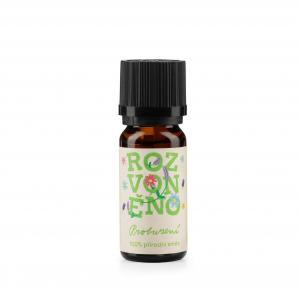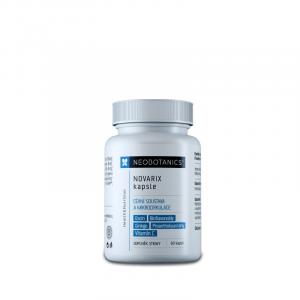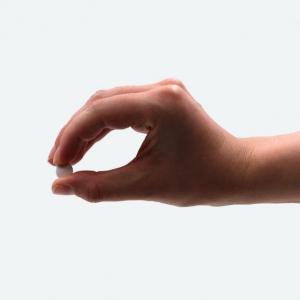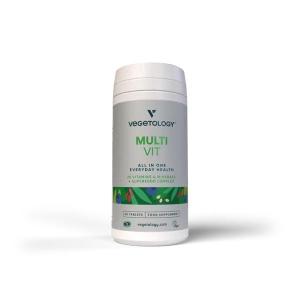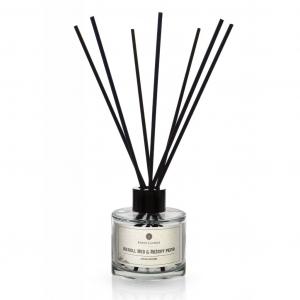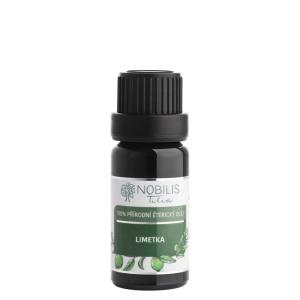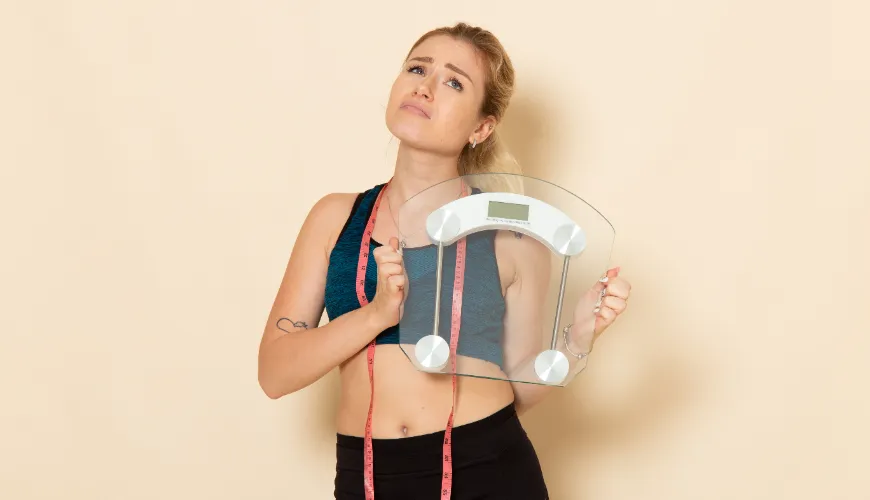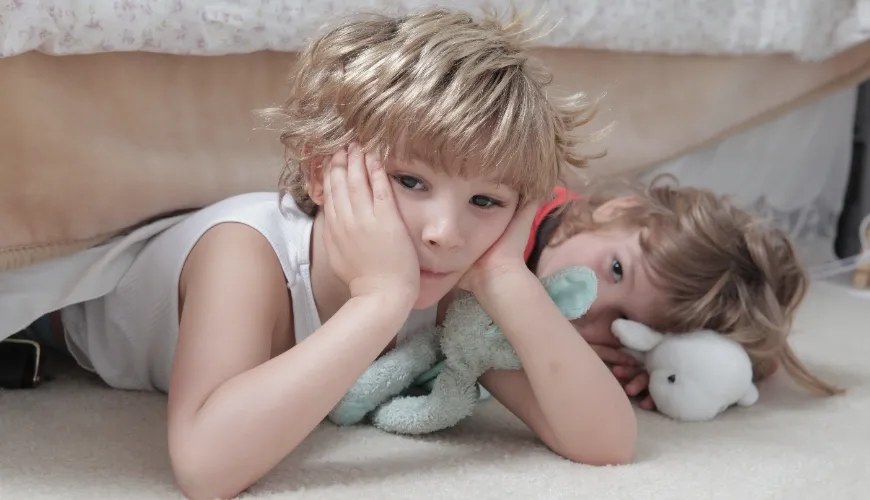
What do the physical symptoms of anxiety mean and how to manage them
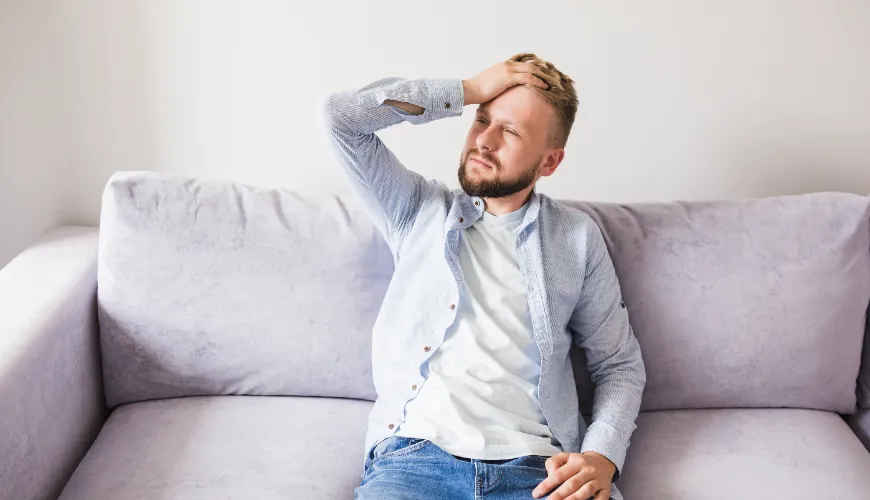
How to Recognize the Physical Symptoms of Anxiety and What to Do About Them?
Anxiety is a common issue that affects many people around the world. It can be triggered by various factors, including stress, traumatic events, or genetic predisposition. However, what many people do not realize is that anxiety may not only manifest on a psychological level. The physical symptoms of anxiety are just as real and can even be more distressing than the psychological manifestations themselves.
One of the main reasons why the physical symptoms of anxiety are so unsettling is the fact that they often mimic the symptoms of other, more serious health problems. This can lead to further increased anxiety and create a vicious cycle that is hard to break.
How Anxiety Affects the Body
Anxiety triggers a number of physiological reactions in the body. When we feel threatened, our body responds by activating the sympathetic nervous system, leading to the so-called "fight or flight" response. This response is a natural mechanism that helps us survive dangerous situations. The problem arises when this response is triggered more frequently and in situations that are not actually dangerous.
Try our natural products
Some of the most common physical symptoms of anxiety include:
Heart Palpitations and Irregular Heartbeat
One of the most distressing physical symptoms of anxiety is heart palpitations or the feeling that the heart is beating irregularly. This symptom can be very frightening, as it often mimics the symptoms of a heart attack. When we are anxious, the body releases adrenaline, which increases the heart rate and causes the sensation of palpitations.
Sweating and Trembling
Another common physical symptom of anxiety is excessive sweating and trembling. This phenomenon is also associated with the release of adrenaline. Sweating can be particularly uncomfortable when it occurs in social situations, where it may lead to further feelings of embarrassment and anxiety.
Try our natural products
Muscle Tension and Pain
Anxiety often leads to chronic muscle tension, which can cause pain in various parts of the body, such as the neck, back, or jaw. Many people are not even aware of how tense their muscles are until they begin to experience pain.
Dizziness and Faintness
A feeling of dizziness or faintness is another common physical symptom of anxiety. This symptom can be caused by hyperventilation, which is a state where we breathe too quickly and shallowly, leading to a decrease in carbon dioxide levels in the blood.
Digestive Issues
Anxiety can also have a significant impact on the digestive system. It can cause various digestive problems, including nausea, diarrhea, or constipation. This phenomenon is known as "stress-induced stomach upset" and is caused by anxiety affecting the nervous system that controls the digestive tract.
Insomnia and Sleep Problems
Many people suffering from anxiety have sleep problems. Insomnia, frequent awakenings, or a feeling of restlessness during the night can be caused by the constant worries and tension that anxiety brings. A lack of quality sleep then further exacerbates the physical symptoms of anxiety and can lead to exhaustion.
Breathing Problems
The feeling of shortness of breath or inability to take a deep breath is a common physical symptom of anxiety. This symptom can be very frightening, as it can mimic the symptoms of asthma or other respiratory diseases. It is often caused by tension in the chest muscles and rapid, shallow breathing.
How to Cope with the Physical Symptoms of Anxiety
The first step in dealing with the physical symptoms of anxiety is to recognize and understand that they are a result of anxiety, not a more serious health problem. This realization can bring some relief on its own. The following strategies can help manage the physical symptoms of anxiety:
Breathing Exercises
Breathing exercises are one of the most effective ways to cope with the physical symptoms of anxiety. They help regulate breathing and reduce tension in the body. Simple exercises, such as deep belly breathing, can provide immediate relief.
Regular Physical Activity
Regular physical activity is another effective method for managing anxiety. Exercise releases endorphins, which improve mood and reduce tension. Even short walks can have a positive impact on your physical and mental health. Exercise also helps improve sleep, which is crucial for managing anxiety.
Try our natural products
Relaxation Techniques
Relaxation techniques, such as yoga or meditation, can also help alleviate the physical symptoms of anxiety. These techniques help relax the muscles and reduce the production of stress hormones. Regular meditation can also increase your resilience to stress and improve overall well-being.
Healthy Diet and Adequate Sleep
Proper nutrition and adequate sleep are essential for managing anxiety. Avoiding caffeine and alcohol can also help reduce these discomforts, as these substances can increase nervousness and tension. Consuming foods rich in omega-3 fatty acids, such as fish or flaxseeds, can also contribute to better mental health.
Try our natural products
Hydration
Adequate hydration is often an overlooked aspect of managing anxiety. Dehydration can worsen feelings of anxiety and cause physical symptoms like headaches and fatigue. Make sure you drink enough water throughout the day.
Professional Help
If your physical symptoms of anxiety are severe and disrupt your daily life, it is important to seek professional help. Psychotherapy, especially cognitive-behavioral therapy (CBT), can be very effective in treating anxiety. Sometimes, pharmacological treatment may also be recommended. A therapist can help you identify and change negative thought patterns that contribute to your anxiety.
Social Support
Don’t keep your problems to yourself. Talk to friends and family about what you are experiencing. Social support can play a key role in managing anxiety. Sometimes just knowing that you have someone to confide in can bring significant relief.
Try our natural products
Planning and Organization
Good organization and planning can also help reduce anxiety. Create a daily routine and plan ahead to avoid being caught off guard by unexpected events. This can reduce stress and feelings of overwhelm that often lead to anxiety.
The physical symptoms of anxiety can be very distressing and disrupt daily life. It is important to remember that these symptoms are real and are a direct result of anxiety. Recognizing and understanding these symptoms is the first step towards managing them. By using various techniques such as breathing exercises, physical activity, relaxation techniques, healthy eating, and adequate sleep, the physical symptoms of anxiety can be effectively managed. If the symptoms are severe, do not hesitate to seek professional help. With the right approach and support, it is possible to manage anxiety and improve quality of life.
